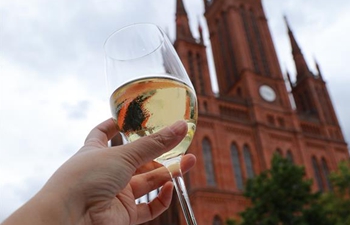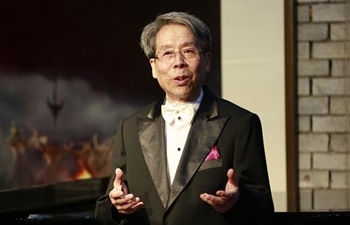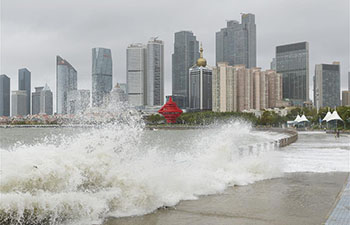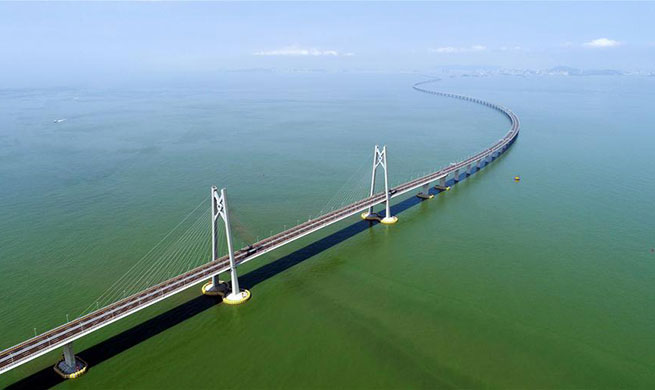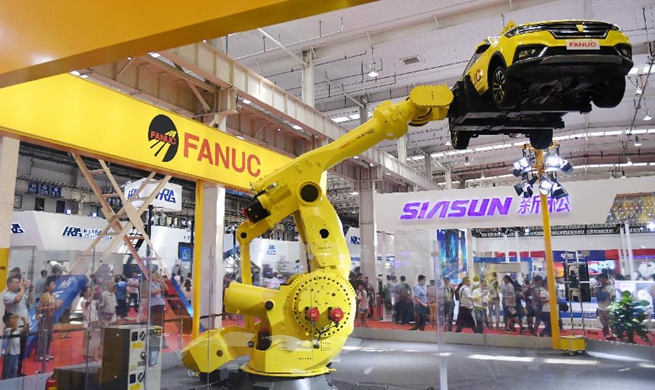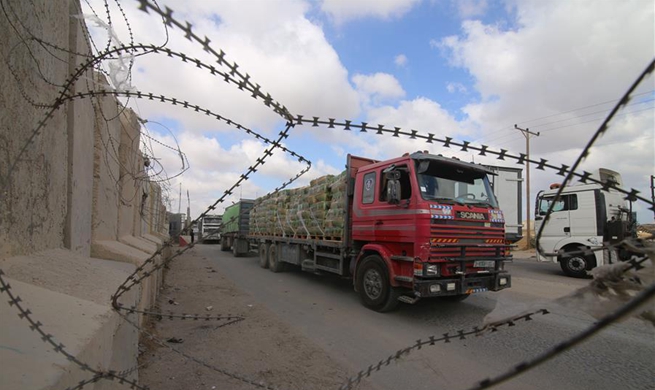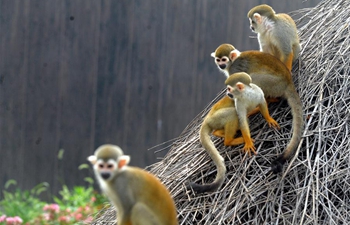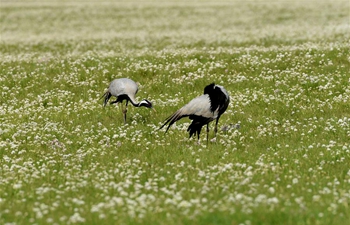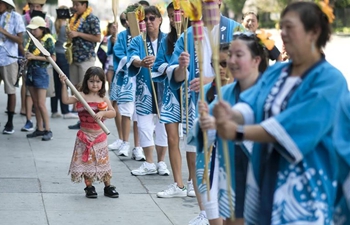CHANGCHUN, Aug. 15 (Xinhua) -- A museum in Changchun, capital of northeast China's Jilin Province, is restoring Japanese paintings collected from across the world.
The Museum of the Imperial Palace of "Manchukuo," a puppet state established by Japanese invaders to control northeast China from 1932 until 1945, boasts a collection of more than 1,000 Japanese paintings, yet many of them have been damaged by moisture and oxidation, said Zhao Jimin, deputy curator of the museum.
"Art knows no boundaries. Protection, restoration, and better use of the artistic works are the mission and responsibility of this museum," Zhao explained. "The Japanese paintings are significant to studies of modern art and history."
The paintings were created by well-known Japanese painters and artists including Watanabe Kazan, Hashimoto Kansetsu, and Kitagawa Utamaro. The paintings depict figures, landscapes, animals, myths, and religious themes.
Some of them were brought to China during the Japanese invasion in the 1930s and 1940s.
The process of restoring the paintings requires 40 steps, including assessment, cleaning, repairing and restoring the painting's original color.
The restoration project began in 2017 but has been progressing slowly. So far, ten paintings have been restored to their original appearance.
The brocade and paper used by Japanese artists are hard to find in China, said Zuo Peng, a restorer at the museum, adding that one painting takes two restorers around two months to complete.
Built in 1962, the museum is located on the site of the "imperial palace" of Aisin-Gioro Puyi, the puppet emperor of "Manchukuo."
The museum has become an important base for patriotic education in China, attracting 1.2 million visitors annually.





